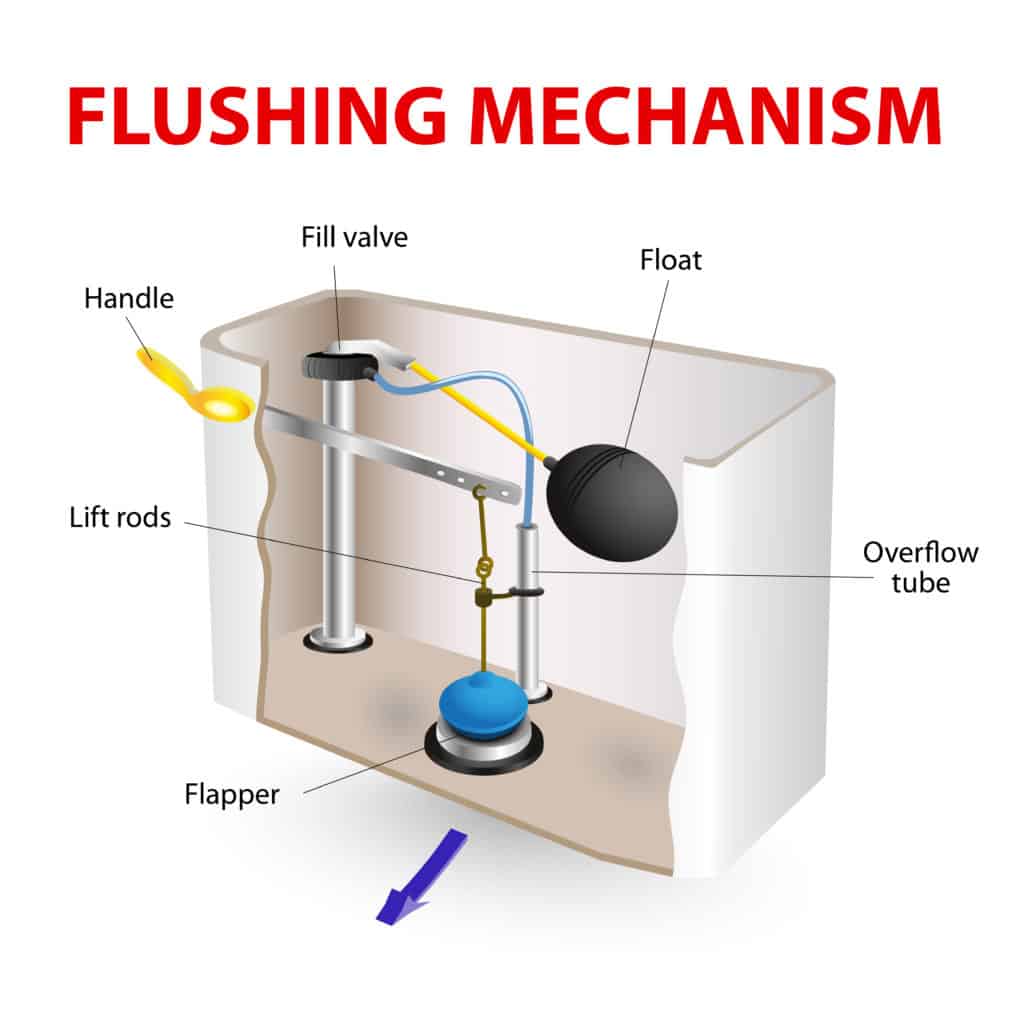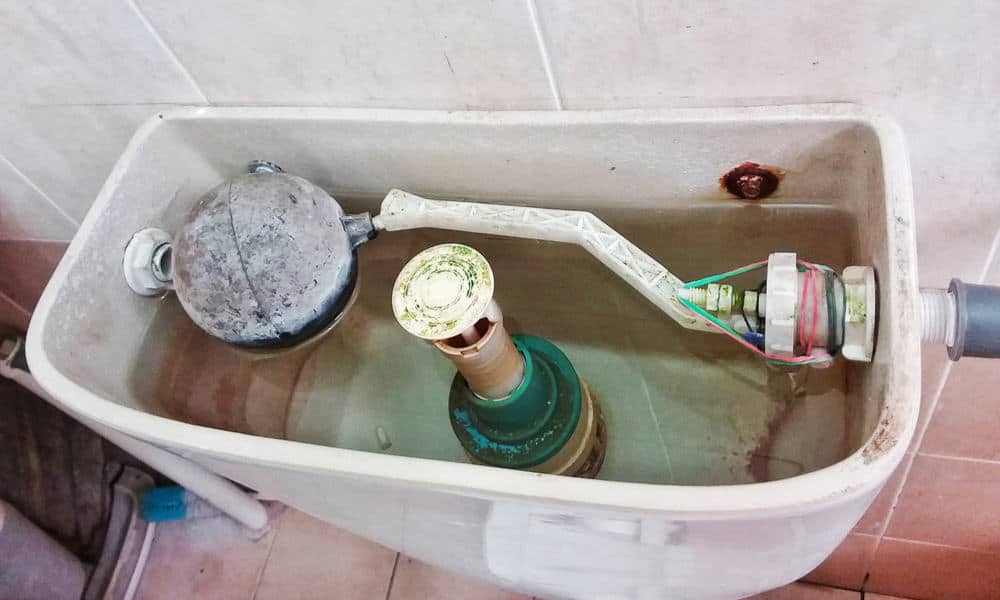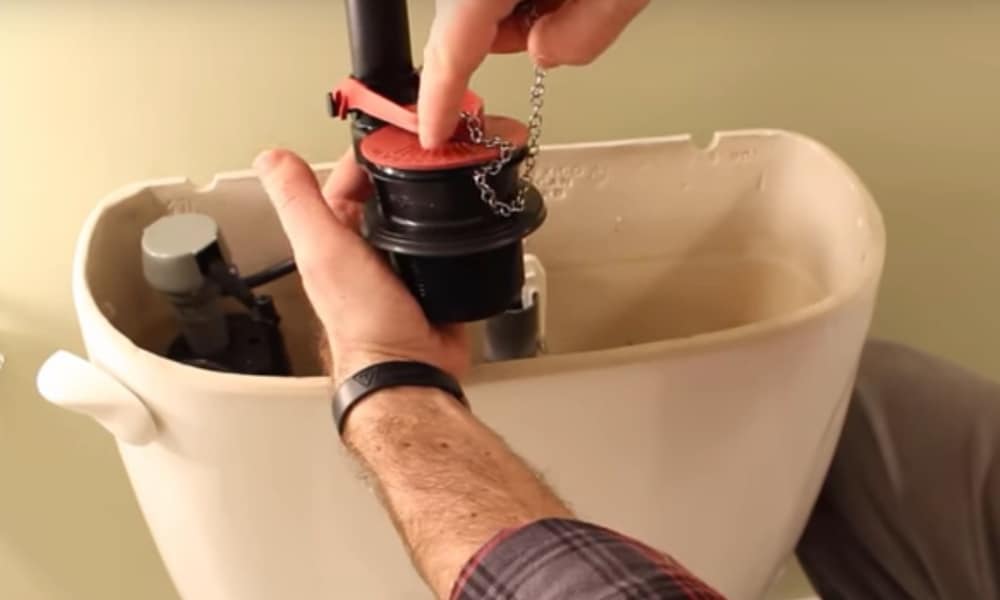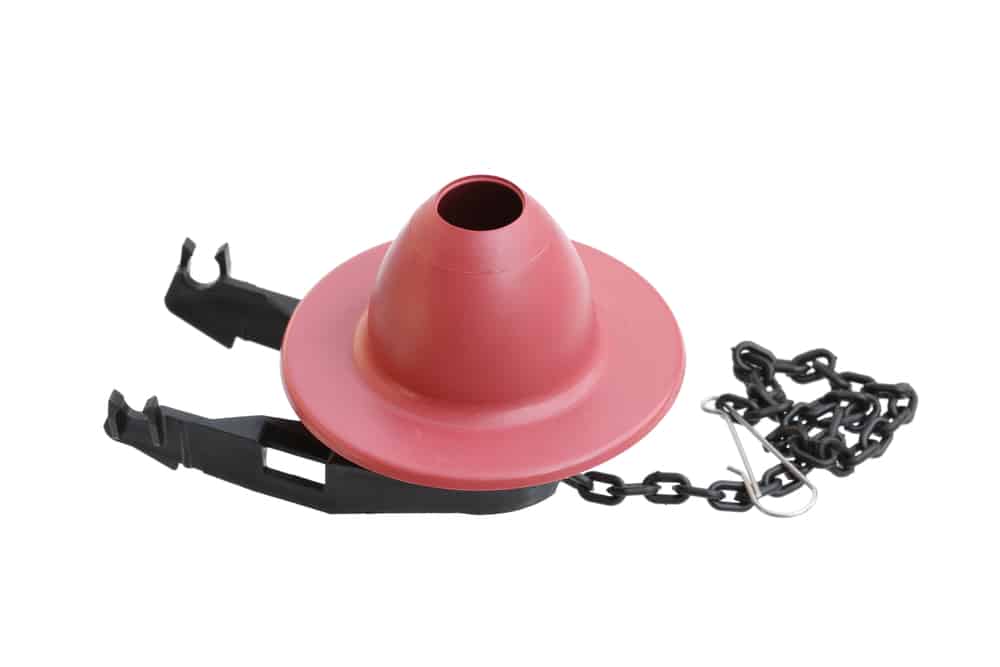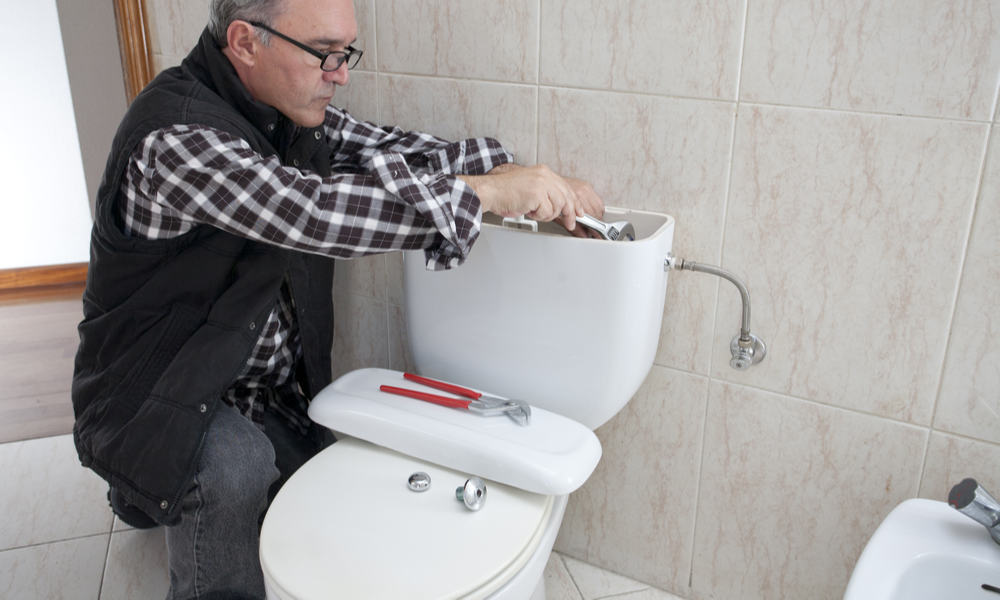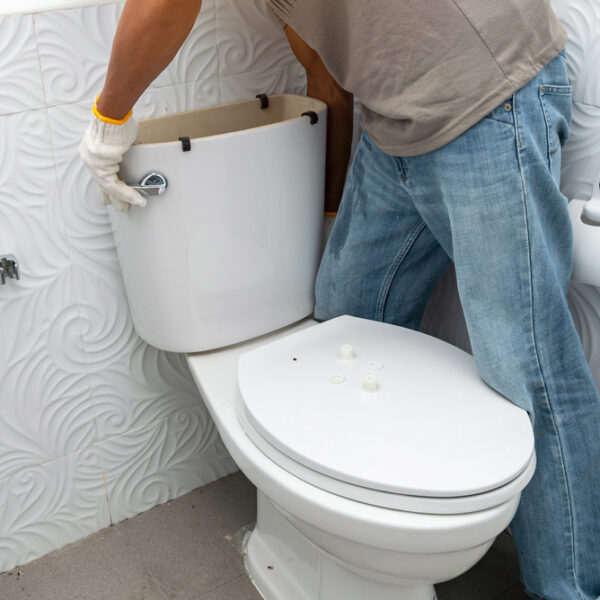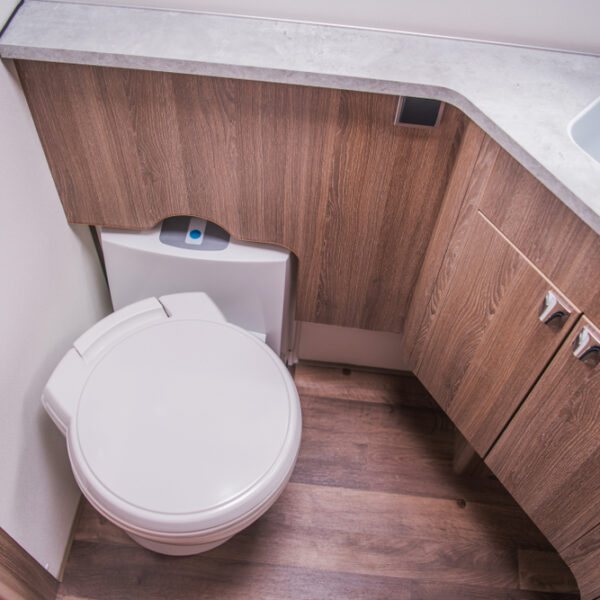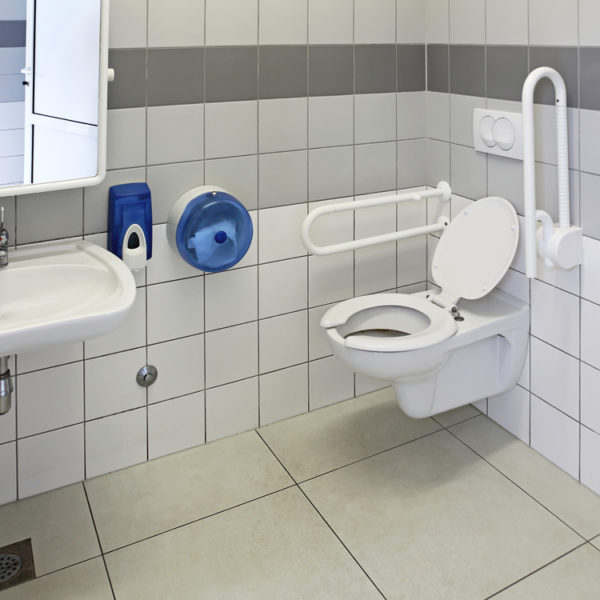One of the biggest problems of every homeowner is a running toilet. The reason is that the water keeps running even after flushing.
Apart from its uncomfortable sight and noise, it can also result in expensive utility bills. A running toilet can cost the homeowner about $1000 in bills and 6,000 gallons of water.
Luckily, there is no need to be scared of this issue. After all, you can do it yourself or call a plumber to come to fix it. However, you should know the causes of these problems before finding the solution.
Now let’s show you how to stop a running toilet. But first, let’s look out how toilets work.
How Do Toilets Operate?
Whether you are using a corner toilet or dual flush toilet, before you work on them, you should have an idea of how they work. Although there are different models of toilets, they all operate in the same way.
Remove the tank lid and flush your toilet several times. As the tank empties and fills up, you will observe the following things.
When you push down the toilet handle, a chain is lifted. This process raises the flapper at the base of the tank and allows the water to get out. If you leave the handle, the flapper will block this hole while the tank becomes filled with water.
You will also notice a plastic float on top of the water. This component helps the valve to let the water in, especially when the tank is empty. It also stops the water from coming in when the tank is full.
At the center of the tank lies an overflow tube. When the water level becomes high, it drains the water into the bowl.
So why bother removing the lid and observe how a toilet works? Well, this task helps you know the cause of your running toilet problem.
Easy Ways to Stop a Running Toilet
As mentioned above, you can handle running toilets with ease. All you need are some tools, materials, and this guide. The required items include a pair of cutting pliers, pliers, and gloves. You will also need a replacement fill valve and toilet flapper.
1. Examine the Fill Tube
A weak flush or nearly empty bowl occurs when your tube is disconnected. You will notice this problem if the water stream does not meet the water tube of your flushing toilet.
But if the tube is disconnected or the water stream does not meet the overflow tube, then the bowl will not be filled up. As a result, you will not be able to flush your toilet correctly.
Connect the fill tube with the fill valve. Secure the connection by pressing both parts firmly. Ensure it stays about an inch higher than the top of your overflow tube while the fill tube releases water into the overflow tube of the toilet.
Pull the toilet handle and observe the water flow to know if it moves towards the toilet overflow tube.
2. Set the Fill Height by Examining the Float
An adjustable float controls the volume of water in your toilet tank. If the float is low, it flushes slowly. But high float spills water into the toilet overflow tube, making the toilet continues to run.
To solve this, find the level position at the inner part of the tank. Mark this point on the overflow tube of the toilet to enable you to find it quickly. But if it’s difficult to find, mark it 1 inch at a spot from the overflow tube.
Pull the toilet handle to flush the toilet. Next, check if the water level rises and stop at the mark. If it does not, and the toilet continues to run, set the float up or down. If you are working on a vintage toilet, adjust the float by bending the metal rod fixed to it.
If you’re using the latest models or American standard toilets, rotate the screw or push the clip on the surface of the rod. When you have completed each one, pull the handle to flush the toilet. Continue setting the float in your toilet until water stops running at the right level.
Furthermore, allow the water to reach a point located at a minimum of an inch under the critical level mark. It is also possible to set the level of various valves to increase or decrease to that point.
Sometimes, the ball cock might continue to run, which means it’s faulty. To handle this issue, you will have to install a new unit. You can get a replacement from any store and fix it within a few minutes.
3. Set the Handle and Chain of the Toilet
A twisted or short-chain keeps the flapper opens and the water to run continuously into the bowl. As a result, this makes the fill valve to ensure the tank is full.
But if the chain is longer or your flush rod touches the tank lid, you will not be able to flush your toilet. That means you will need to grab a part of the toilet to create a stronger flush.
To prevent having less water in your toilet bowl, set the connection on the chain so that there is enough space when the flapper is shut.
Remove the extra surplus linkage on the metal bar and leave a little space to prevent future knots. Next, replace the tank lid and ensure that the flush rod does not hit the lid, particularly when you push the lever. If the rod still touches the lid, bend it a bit, and adjust the chain again.
4. Repair Any Bent Lift Arm in a Toilet
After numerous uses, a ball float styled toilet can have a bent lift arm. This forces the ball to fall lower than the ideal height or partly sinking it, thus causing water to keep flushing down the toilet. Fortunately, you can solve this issue without any technical skills.
You can restore the rod to its original shape by bending it with your hands. If it is impossible to do this, you can replace the rod or the float, and then fill the valve with a new one, and float cup.
5. Get a New Flapper for Your Toilet
If you still have a running toilet after carrying out the steps mentioned above in this article. If yes, then you have a defective flapper.
To know how to stop a running toilet flapper situation, switch off the water, take out the existing flapper, and head to the nearest hardware store. You need to take this item along to find the model that matches your toilet.
It is important to take this step because of the various types of flappers. Some snap over the edge of the big tube in the tank. Other variants come with a ring that goes above the pipe. You might even discover up to at least 15 different types of flappers in the store.
If you can’t find the perfect replacement for your toilet, choose a similar one, or purchase a universal model. The latter serves as an ideal option because it is affordable and includes an extra flapper. Remember to buy non-adjustable models.
You can order a “one size fits all” flapper from any online store. When it arrives, fix the new unit and test it that it works without hassles. Ensure you test it after completing the installation.
If water still runs into your toilet bowl, then the flapper did not offer a good seal. As a result, you will need to install another flapper.
You can also replace the complete toilet overflow tube/flapper, especially when a sealable flapper is unavailable. To do this, you will need to remove the tank. This step does not require special tools or skills. You can even do within an hour without splurging on a plumber.
Reasons Why Toilet Won’t Stop Running
After going through the tank, you will understand how it works. Now let’s see the possible causes of running toilets in your home.
-
Faulty Refilling Tubes
A refill tube of a toilet is the part that refills the water in its tank. Normally the top of this item should be above the surface of the water. If it’s not in this position, then you will have a running toilet.
-
Faulty or Wrongly Placed Float Ball
When you flush the toilet, this ball drops and opens the inlet valve on the fill tube. If water pours into the tank, the ball rises, thus closing the valve and ending the filling process.
When the ball is faulty or wrongly placed, it might not close the valve properly. As a result, you will notice some running.
-
The Flush Valve Chain is Too Short or Long
This part of the toilet opens the flush valve and allows fresh water to come in as the used water goes out. But if the chain comes in the wrong size, it might not close the flush valve perfectly.
-
Bad Flush Valve
Commonly known as the flapper, this part of the toilet should be properly sealed after each flush to prevent leaks. However, wear and tear can make it perform less than expected.
-
Weak Gasket
This part lies between the tank and bowl. When it weakens, it allows water to escape into the toilet bowl from the tank.
Wrap Up
A running toilet might look like a minor problem, but it leads to water wastage and high utility bills. With the steps on our “how to stop a running toilet” article, you can solve this problem as quickly as fixing a new toilet seat.
These steps include replacing faulty parts and adjusting the chain. You might also need to straighten deformed components.
If you still have problems with your toilet, you can ask questions in the space below. You can also share this article with your loved ones.

